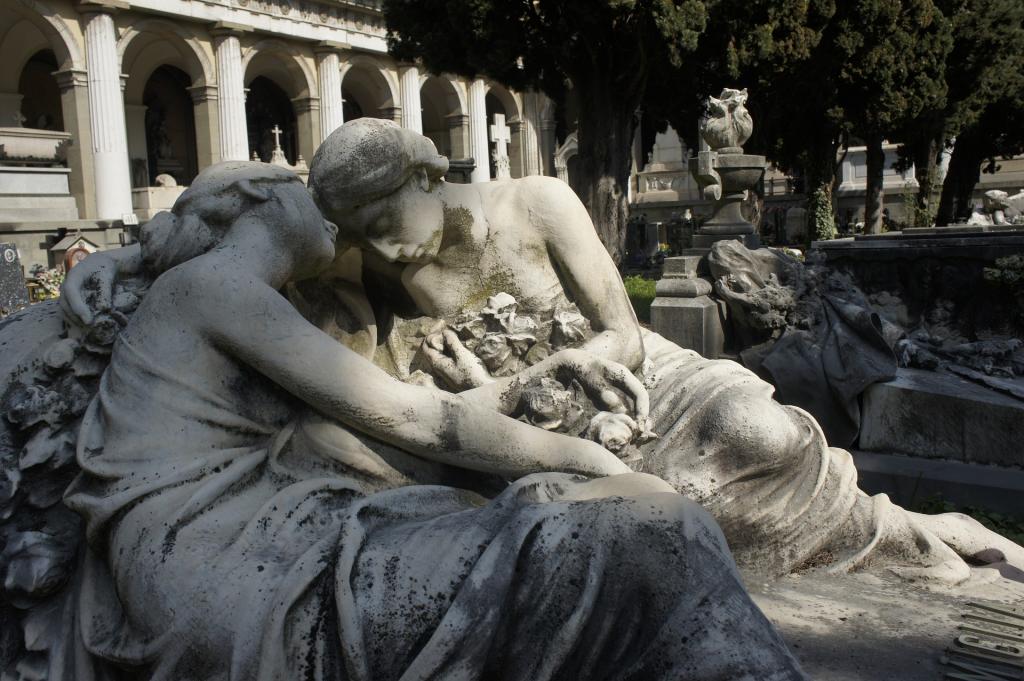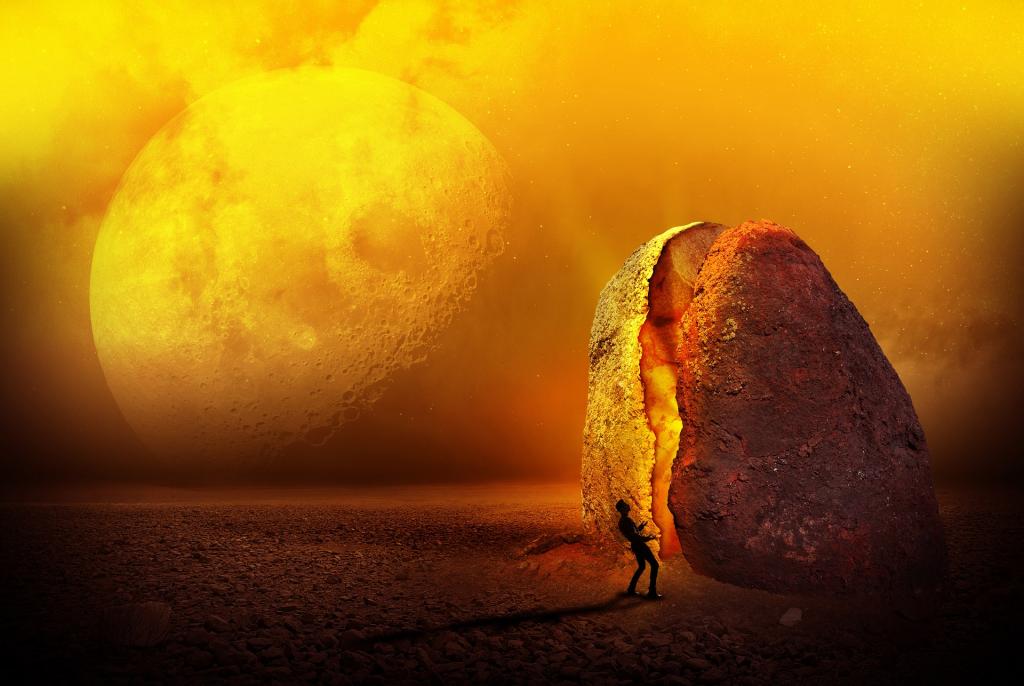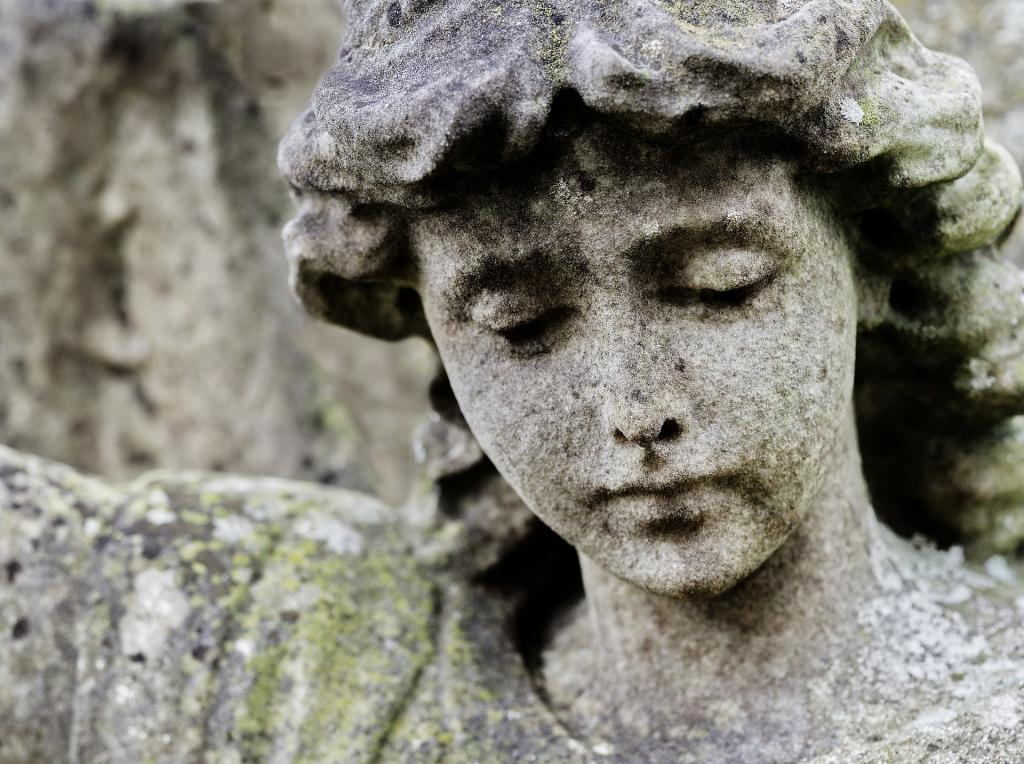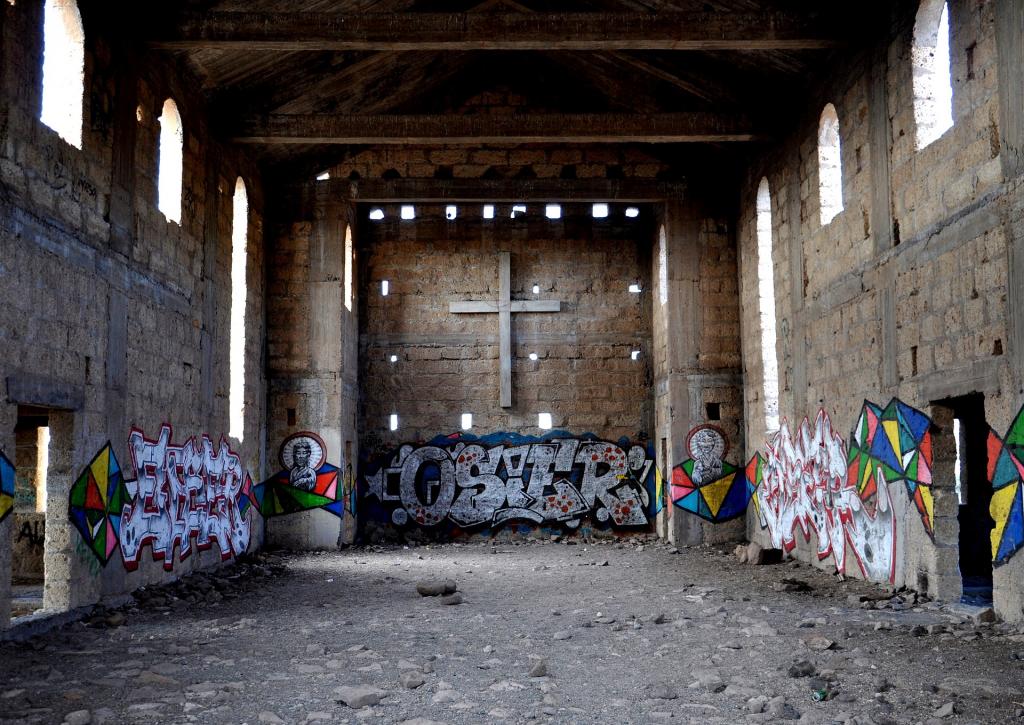
A group of protestors stand at the funeral of a gay soldier, waving placards about how the deceased is burning in hell. A Bishop quietly pays off a sex-abuse survivor and shuffles the offender to a different parish. A jihadist walks into an elementary school with a bomb strapped to his chest and blows up school children in the name of Allah.
Examples could be multiplied more or less infinitely: the use of religion to promote violence and exploit the vulnerable is well known and well documented. However, the fact that religious power is often used in this way doesn’t necessarily mean that religion is evil: most of us would agree, for example, that the existence of domestic violence, or of kinship blood-feuds, does not mean that it’s evil for people to form families. If the violence and exploitation are extrinsic to religion, or if they are abuses of a fundamentally good or neutral form of human activity, then we can’t condemn religion per se.
What is Religion For?
We have to start by asking “What is the nature of religion? Why does it exist?” It’s a fascinating question that is difficult to answer because religion was a part of human life and culture long before the emergence of written records. We can make certain observations about the religious life of prehistoric cultures based on the archeological record, but the conclusions that we draw are necessarily conjectural. So, for example, we can ask questions like “Did the Neanderthals have religion?” but we don’t have enough information to answer them with confidence.
Most of what we can say is that humans, and probably other hominids, had funerary practices to commemorate the dead. People have been engaged in meaningful, symbolic funeral rituals for a long time, but it’s harder to say how early funerals relate to wider spiritual practice. Were those rituals accompanied by other aspects of religiosity? Were there holy men who blessed the hunters before they went on the hunt? Were there annual celebrations at the coming of spring? And were these actions understood as relating to a supernatural realm?
The questions are impossible to answer both because prehistoric practices cannot be observed except through the objects that are left behind, and because we don’t really know how the earliest humans thought. It’s not unreasonable to suspect that they might not have made a clear distinction between their own species and the animals species that surrounded them: early forms of animism may not have seemed supernatural at all to the people who practiced them. They may have thought of other species as people like themselves, and may have left offerings to the bison in the same way that they might have left peace offerings to neighbouring tribes of humans. Rituals that ensured the peaceable exchange of goods and information between individuals and communities might have given rise to religious ritual — or religious ritual may have provided the basis for social rituals. There’s not really a way to know.
What we do know is that people came to several beliefs that are common and widespread throughout the world:
1. That there is some sort of continuation of life after death.
2. That there are non-human forces that can be placated or influenced by ritual means.
3. That the gods/spirits/ancestors demand sacrifice, either in the form of goods or of pain.
To understand religion, it’s necessary to analyze the function and purpose of each of these beliefs and, perhaps more importantly, of the practices which accompany them. When most people today, at least in Western cultures, think about religion we tend to think primarily in terms of belief: what interior convictions or theological ideals are produced by religious teaching. Historically, however, we don’t know whether myths gave rise to rituals, rituals gave rise to myths, or both developed concurrently and interdependently. We do know that many ancient cultures demand that rituals be performed with great precision (the story of Nadab and Abihu in Leviticus demonstrates this principle in an ancient Hebrew context), and that some ancient cultures (like Rome) were likely more concerned with whether you participated in public religion than whether you believed in it.
Life After Death
Most of the oldest evidence that we have for religious or proto-religious behaviour is derived from excavations of burial sites. We know that the practice of burying the dead, and of leaving grave offerings, is of great antiquity. Some primatologists have observed behaviours in other primates, and sometimes even non-primate species (like elephants), that may offer a precursor to human mourning behaviours.
One thing that unites species that demonstrate concern for the dead and dying is that they are social. For social species, and particularly for humans, care of the dead can offer several benefits.
First, there is the possibility of a “resurrection.” Mothers who carry dead infants, for example, avoid the risk of accidentally abandoning an injured infant who appears dead, but who may be capable of recovery if provided with care and attention. If we try to put ourselves into the heads of early humans, possessed of intelligence but with a restricted range of experience, it seems reasonable to suppose that those rare occasions where someone was injured, went into coma, and then revived several days later, would have had a profound effect. Such events could have established the possibility of a miraculous resurrection — and may have destabilized the apparent finality of death.
Second, funerary practices and other mourning rituals reduce the stress of grief by re-establishing and strengthening social bonds between survivors. Nobody knows for sure why we have such an intense response to loss (theories abound and of course differ depending on whether the question is being posed by a psychologist, philosopher, anthropologist, theologian or biologist), but everyone agrees that losing a loved one is painful. When someone is grieving, they often feel alone, isolated, depressed and unmotivated. Grieving people tend to be emotionally hyper-sensitive, which can put stress on existing social relationships. Funeral rites provide an opportunity for a community to come together to support the bereaved, and they create an opportunity for profound collective empathy. The formulas used in funeral rites are usually highly consistent within any given culture, which means that the performance of these rites is likely to cue feelings of sorrow even in those who were not especially close to the deceased — if I attend the funeral of a friend’s grandmother, even if I never met the woman, I will probably be reminded of attending my sister’s funeral. Empathetic displays allow those who are grieving to feel like their grief is mirrored and shared by their community, demonstrating that they are not isolated, and the formulaic nature of the rituals produces a set of predictable and acceptable forms of support. Funeral rites reconnect the bereaved with other loved ones and remind them that there are still strong relationships that they can rely on. This reduces stress, shortens the grieving process, and draws the grieving back into the life of the community.
Third, for humans, funeral practices are often related to reverence for one’s ancestors — and for the traditional ways of life that the ancestors represent. Funerals in all cultures provide an opportunity for the community to reaffirm its beliefs, values and commitments. At a funeral, we answer the question “Why, in the face of this loss, should we go on?” Answering this is crucial. One of the perils of human consciousness, arising from the combination of self-awareness and the ability to project into the future, is the risk that we will decide not to bother. While there are controversies surrounding the question of whether animals commit suicide, there is no question that it is a more common and widespread problem for our species. Bereavement is, unfortunately, a significant risk factor for suicide. Funerary observances are a critical element of cultural meaning-making that provides potentially life-saving encouragement and comfort following loss.
In most cases, this includes a belief that life carries on in some form after death: the ancestor watches over the living from the spirit realm, lives on in their descendents, moves on to a new incarnation, or goes to live in another world where their loved ones will eventually rejoin them. Even most atheists have some sort of belief structure surrounding death: we might think about how the physical elements of our body will return to the life-cycle and nourish other organisms; perhaps we have cultivated a cultural or social legacy that will keep our ideas or our values alive after we are gone; we might see our subjective ego as merely one part of a larger whole that will go on when our particular consciousness is at its end; or simply that we are stardust, and to stardust we will return.
Given the evidence, it seems probable that funerary practice is either the origin of religion, or at least one of its earliest functions. Even if you want to look at it in the coldest of evolutionary terms, it’s clear that forms of ritual and belief that served to attenuate the negative effects of grief would have had (and likely still do have) a positive effect on survival. Even those of us who don’t believe in God usually have an intuitive sense that it’s inappropriate to argue about the existence of the afterlife at a funeral: whether religious beliefs are true or not, in this context we can see that they are beneficial, and perhaps even necessary.
In the case of beliefs about mortality and immortality, then, it seems unreasonable to posit that religion is “evil.” In this context, it has a positive effect on human survival and flourishing, which is likely one of the reasons why it became so ubiquitous in the first place. However, contemporary religions obviously cannot be reduced to their thanatological dimensions. We still need to look at the other functions of religion: the supplication of invisible beings or forces, and the practices of sacrifice. We’ll talk about those next time.











